What is Glaucoma?
Glaucoma is a group of eye diseases that cause damage to the optic nerve, which connects the eye to the brain. The most common type of glaucoma is called open-angle glaucoma, which occurs when there is a gradual buildup of pressure in the eye due to the fluid not being able to drain correctly. This increased pressure can damage the optic nerve and lead to vision loss, starting with peripheral vision loss and eventually leading to total blindness if left untreated.
Glaucoma is often referred to as the “silent thief of sight” because it can cause irreversible vision loss without any symptoms in the early stages. Therefore, it is important to have regular eye exams with an eye doctor to check for signs of glaucoma and detect it early on. Options of glaucoma treatment include eye drops, oral medication, laser surgery, or traditional surgery, depending on the type and severity of glaucoma.
What are the different types of glaucoma?
There are several types of glaucoma, including
- Primary open-angle glaucoma: This is the most common type of glaucoma and occurs when the drainage angle in the eye becomes clogged over time, leading to increased intraocular pressure (IOP).
- Angle-closure glaucoma: This type of glaucoma occurs when the iris bulges forward and blocks the drainage angle, leading to a sudden increase in IOP.
- Normal-tension glaucoma: This type of glaucoma occurs when the optic nerve is damaged even though IOP is within the normal range.
- Congenital glaucoma: This is a rare type of glaucoma that occurs in infants and young children when there is a problem with the development of the eye’s drainage system.
- Secondary glaucoma: This type of glaucoma occurs as a result of another eye condition, such as inflammation, trauma, or a tumor.
- Pigmentary glaucoma: This type of glaucoma occurs when pigment from the iris blocks the drainage angle and leads to increased IOP.
- Pseudoexfoliative glaucoma: This type of glaucoma occurs when flaky material from the lens of the eye builds up in the drainage angle and leads to increased IOP.
Each type of glaucoma has its own set of risk factors, symptoms, and treatment options. It’s important to talk to your eye doctor about which type of glaucoma you have and the appropriate treatment options for your condition.
What Are The Causes Of Glaucoma Disease?
There are different types of glaucoma, and the causes can vary depending on the type. The most common type of glaucoma, open-angle glaucoma, is caused by an increase in intraocular pressure (IOP) due to the buildup of fluid in the eye, which can damage the optic nerve over time. However, not everyone with high IOP will develop glaucoma, and some people can develop glaucoma even with normal IOP levels.
Other types of glaucoma include
- Angle-closure glaucoma: This occurs when the iris (the colored part of the eye) blocks the drainage angle in the eye, leading to a sudden increase in IOP.
- Normal-tension glaucoma: This occurs when the optic nerve is damaged even though IOP is within the normal range.
- Congenital glaucoma: This is a rare type of glaucoma that is present at birth due to an abnormality in the eye’s drainage system.
Risk factors for developing glaucoma include age, family history, certain medical conditions such as diabetes, nearsightedness, and previous eye injuries or surgeries. Some studies have also suggested that certain lifestyle factors such as smoking, poor nutrition, and a sedentary lifestyle may increase the risk of developing glaucoma.
It’s important to note that the exact cause of glaucoma is still not fully understood, and more research is needed to better understand the underlying mechanisms of the disease.
What are the common symptoms of glaucoma?
In the early stages of glaucoma, there are typically no noticeable symptoms. As the disease progresses, however, the following symptoms may develop:
- Gradual loss of peripheral vision – this is usually the first sign of glaucoma, and can be difficult to notice at first.
- Blurred vision – especially in the late stages of the disease.
- Halos or rainbow-colored rings around lights – this can occur when the pressure in the eye increases.
- Eye pain or discomfort – this is more common in acute angle-closure glaucoma, which is a medical emergency.
- Headaches – which may be a symptom of chronic angle-closure glaucoma.
It is important to note that these symptoms can also be indicative of other eye problems, so it is important to see an eye doctor for a proper diagnosis. Regular eye exams can help detect glaucoma before symptoms appear, which is why they are recommended for everyone, especially those with a family history of the disease or other risk factors.
How is glaucoma diagnosed?
Glaucoma is usually diagnosed through a comprehensive eye exam that may include the following tests:
- Tonometry – This test measures the pressure inside the eye using a special instrument called a tonometer.
- Ophthalmoscopy – This is an exam of the optic nerve to check for signs of damage.
- Visual field test – This test checks for any areas of vision loss in your peripheral (side) vision.
- Gonioscopy – This test checks the drainage angle of the eye to see if it is open or closed.
- pachymetry – This measures the thickness of the cornea.
- Optical coherence tomography (OCT) – This is a non-invasive imaging test that creates a cross-sectional image of the retina and optic nerve.
Your eye doctor may also take into account your medical history, family history, and other risk factors when making a diagnosis of glaucoma.
Since glaucoma often has no symptoms in the early stages, it’s important to have regular eye exams, especially if you have any risk factors for the disease. Early detection and treatment can help slow the progression of the disease and prevent vision loss.
Glaucoma Treatment:
The glaucoma treatment depends on the type and severity of the disease. The goal of glaucoma treatment is to lower intraocular pressure (IOP) and prevent further damage to the optic nerve.
The most common glaucoma treatments include:
- Eye drops – These are the most common glaucoma treatment and work by reducing the production of fluid in the eye or increasing its outflow.
- Oral medications – These can be used to reduce IOP when eye drops are not sufficient.
- Laser therapy – There are different types of laser therapy for glaucoma, including trabeculoplasty and iridotomy, which work by improving the outflow of fluid from the eye or opening up the drainage angle.
- Surgery – In some cases, surgery may be necessary to create a new drainage channel for the fluid to exit the eye.
It’s important to note that glaucoma treatment is typically lifelong, and regular follow-up appointments with an eye doctor are necessary to monitor the disease and adjust treatment as needed.
Early detection and treatment are crucial for preventing vision loss from glaucoma. If you have any risk factors for glaucoma, such as a family history of the disease or advanced age, it’s important to have regular eye exams to catch the disease early.
How to prevent glaucoma eye diseases?
Unfortunately, there is no known way to prevent glaucoma entirely, as the underlying causes of the disease are not fully understood. However, there are some steps you can take to lower your risk of developing glaucoma or to slow its progression if you have already been diagnosed:
- Regular eye exams: Regular comprehensive eye exams can help detect glaucoma before symptoms appear, which is important for early treatment and management of the disease.
- Maintain a healthy lifestyle: Maintaining a healthy diet, regular exercise, and avoiding smoking can help reduce the risk of developing glaucoma.
- Protect your eyes: Wearing protective eyewear when playing sports or doing other activities that could cause eye injury can help protect against glaucoma caused by trauma.
- Follow your doctor’s instructions: If you have been diagnosed with glaucoma, it’s important to follow your doctor’s instructions for glaucoma treatment and regular monitoring to help prevent further damage to your eyes.
It’s important to note that some people may be at higher risk for developing glaucoma, including those with a family history of the disease, advanced age, nearsightedness, or certain medical conditions such as diabetes. If you have any risk factors for glaucoma, it’s important to talk to your eye doctor about appropriate screening and prevention strategies.
how much does glaucoma surgery cost in Bangalore?
The average glaucoma surgery cost in Bangalore can range from Rs. 20,000 to Rs. 50,000. However, it’s important to note that the final cost of glaucoma surgery can vary depending on several factors, including the type of glaucoma surgery, the hospital or clinic where it is performed, and the patient’s insurance coverage.
It is best to consult with a healthcare provider or hospital directly to obtain the most accurate and up-to-date information on the cost of glaucoma surgery in Bangalore. They can provide you with a detailed estimate of glaucoma surgery cost involved in the procedure, as well as any insurance coverage options that may be available to you.
Why Vijaya Nethralaya Eye Hospital Is The Best Eye Hospital in Bangalore for Glaucoma?
Vijaya Nethralaya Eye Hospital is a well-known eye hospital in Bangalore that specializes in the treatment of various eye conditions, including glaucoma. Here are some reasons why Vijaya Nethralaya Eye Hospital may be a good choice for glaucoma treatment:
- Experienced doctors: The hospital has a team of highly qualified and experienced eye doctors who specialize in glaucoma treatment.
- Advanced technology: Vijaya Nethralaya Eye Hospital is equipped with the latest technology and equipment for the diagnosis and treatment of glaucoma.
- Comprehensive treatment options: The hospital offers a range of glaucoma treatment options, including medications, laser therapy, and surgery, to help manage the disease and preserve vision.
- Patient-centered care: The hospital places a strong emphasis on patient-centered care and strives to provide personalized treatment plans and individual attention to each patient.
- Reputation: Vijaya Nethralaya Eye Hospital has a good reputation for providing high-quality eye care services, including glaucoma treatment, in Bangalore and surrounding areas.
If you are looking for a hospital for the glaucoma treatment, it is important to research and compares different options to find one that is right for you. Be sure to consult with your eye doctor and consider factors such as the hospital’s experience, technology, treatment options, and reputation before making a decision.
Most Frequently Asking Question And Answer About Glaucoma:
1. Can glaucoma be cured?
Unfortunately, there is currently no known cure for glaucoma. However, with proper glaucoma treatment and management, the progression of the disease can often be slowed or halted, which can help preserve vision.
Glaucoma Treatment typically involves lowering intraocular pressure (IOP) through the use of eye drops, oral medications, laser therapy, or surgery. The goal of treatment is to prevent further damage to the optic nerve and preserve vision.
It’s important to note that glaucoma is a lifelong condition, and treatment must be ongoing to prevent vision loss. Regular monitoring and follow-up appointments with an eye doctor are necessary to adjust treatment as needed and ensure that the disease is under control.
If you have been diagnosed with glaucoma, it’s important to follow your doctor’s instructions for glaucoma treatment and monitoring to help preserve your vision as much as possible. Early detection and treatment are key to preventing vision loss from glaucoma.
2. will glaucoma make you blind?
Untreated or poorly managed glaucoma can eventually lead to vision loss and even blindness. Glaucoma damages the optic nerve over time, which can cause blind spots in the visual field and eventually lead to complete vision loss if left untreated. However, with proper glaucoma treatment and management, the progression of the disease can often be slowed or halted, which can help preserve vision.
It is important to note that vision loss from glaucoma is usually gradual and painless, and it can be difficult to notice until significant damage has already occurred. Regular eye exams and early detection and treatment are crucial for preventing vision loss from glaucoma. If you have been diagnosed with glaucoma, it is important to follow your doctor’s instructions for treatment and monitoring to help preserve your vision as much as possible.
3. when glaucoma gets worse?
Glaucoma is a progressive disease, which means it typically gets worse over time if left untreated or if not properly managed. The rate of progression can vary from person to person and depends on several factors, including the type of glaucoma, the severity of the disease at the time of diagnosis, and the effectiveness of treatment.
In general, the damage to the optic nerve caused by glaucoma is irreversible, and any vision loss that occurs as a result of the disease cannot be regained. This is why early detection and treatment are crucial for preventing or slowing the progression of the disease and preserving vision.
If you have been diagnosed with glaucoma, it is important to work closely with your eye doctor to develop a treatment plan that is right for you. This may include medications, laser therapy, or surgery to help lower intraocular pressure and prevent further damage to the optic nerve. Regular monitoring and follow-up appointments with your eye doctor are also important to ensure that the disease is under control and to make any necessary adjustments to your treatment plan.
4. are cataract and Glaucoma related?
Glaucoma and cataracts are two separate eye conditions that are not directly related to each other. Glaucoma is a disease that causes damage to the optic nerve and can result in vision loss if left untreated, while cataracts are a clouding of the lens of the eye that can cause vision to become blurry or dim.
However, it is possible for a person to have both glaucoma and cataracts at the same time, as they are both more common in older adults. In some cases, cataract surgery may also help to lower intraocular pressure and reduce the risk of glaucoma progression.
If you have been diagnosed with either glaucoma or cataracts, it is important to work closely with your eye doctor to develop a treatment plan that is right for you. Regular eye exams and early detection are crucial for maintaining good eye health and preventing vision loss from these and other eye conditions.
5. what should glaucoma patients avoid?
If you have been diagnosed with glaucoma, there are certain things that you may need to avoid or limit to help manage the condition and prevent further damage to your eyes. Here are some things that glaucoma patients should consider avoiding:
- Smoking: Smoking can increase intraocular pressure and worsen the progression of glaucoma, so it is important to quit smoking or avoid exposure to secondhand smoke.
- Caffeine: Consuming too much caffeine can increase intraocular pressure, so it may be a good idea to limit your intake of coffee, tea, and other caffeinated beverages.
- Vigorous exercise: Strenuous physical activity can temporarily increase intraocular pressure, so it is important to talk to your doctor about safe and appropriate exercise options for you.
- Certain medications: Some medications, such as corticosteroids, can increase intraocular pressure and worsen glaucoma. Be sure to talk to your doctor about any medications you are taking and whether they may be affecting your glaucoma.
- Head-down positions: Certain activities that involve placing your head in a downward position, such as yoga poses like downward dog or headstands, can increase intraocular pressure and should be avoided if you have glaucoma.
It is important to remember that everyone’s glaucoma is different, and your doctor may recommend different lifestyle modifications or precautions based on your individual needs and circumstances. Be sure to follow your doctor’s instructions and attend all recommended follow-up appointments to help manage your glaucoma and prevent vision loss.
6. can glaucoma be treated without surgery?
Yes, glaucoma can be treated without surgery. In fact, the first-line treatment for glaucoma is often eye drops, which can lower the pressure inside the eye and slow down or prevent further damage to the optic nerve. There are also other non-surgical treatments available, such as laser therapy and oral medications, that can be effective in controlling glaucoma.
Laser therapy is often used as a second-line treatment when eye drops are not effective or well-tolerated. Laser therapy can be used to create tiny openings in the eye’s drainage system to help lower eye pressure.
Oral medications may also be prescribed to help lower eye pressure. These medications work by reducing the amount of fluid produced by the eye or by improving the drainage of fluid from the eye.
However, in some cases, glaucoma surgery may be necessary to manage glaucoma, especially if other treatments have not been effective. The type of surgery recommended will depend on the severity of the condition and other individual factors. It’s important to follow your eye doctor’s recommendations and attend regular eye exams to monitor your glaucoma and adjust your treatment plan as needed.
7. can glaucoma be cured with eye drops?
While there is no known cure for glaucoma, eye drops can be an effective treatment option to manage the condition and prevent or slow down further damage to the optic nerve. Eye drops work by reducing the pressure inside the eye, which is a key risk factor for glaucoma.
Using eye drops as prescribed by your eye doctor can help lower eye pressure and prevent or slow down the progression of glaucoma. However, it’s important to note that eye drops need to be used on a long-term basis, and missing doses or stopping treatment can lead to increased eye pressure and potential damage to the optic nerve.
8. what to expect after glaucoma surgery?
After glaucoma surgery, it is normal to experience some discomfort, swelling, and redness in the eye. You may also experience blurred vision or see halos around lights, which should improve over time. It’s important to follow your doctor’s post-operative instructions carefully to ensure a successful recovery.
Here are some general things you can expect after glaucoma surgery:
- Medications: Your doctor may prescribe eye drops, oral medications, or both to help manage pain, prevent infection, and control eye pressure after glaucoma surgery.
- Follow-up appointments: You will likely need to see your doctor for several follow-up appointments after glaucoma surgery to monitor your healing and check your eye pressure.
- Restrictions: Your doctor may recommend that you avoid certain activities, such as lifting heavy objects or bending over, for a period of time after glaucoma surgery to avoid putting pressure on the eye.
- Recovery time: It may take several weeks or even months for your eye to fully heal after glaucoma surgery, and your vision may not fully stabilize for some time. During this time, it’s important to avoid activities that could cause further damage to your eye.
- Risks and complications: While glaucoma surgery is generally safe and effective, there is a risk of complications, such as infection, bleeding, or vision loss. Be sure to discuss any concerns you have with your doctor and follow all post-operative instructions carefully to minimize the risk of complications.
It’s important to remember that everyone’s recovery experience is different, and your doctor will provide you with personalized guidance based on your individual needs and situation.
9. can dry eyes cause glaucoma?
Dry eyes do not directly cause glaucoma. Glaucoma is a condition that occurs when there is damage to the optic nerve, often caused by increased pressure inside the eye. Dry eyes, on the other hand, are a condition in which the eyes do not produce enough tears or the tears produced are of poor quality.
However, having dry eyes can increase the risk of developing certain types of glaucoma, such as normal-tension glaucoma. This is because the tears provide nutrients and oxygen to the surface of the eye and help to remove waste products. When the eyes are dry, there is less oxygen and nutrients reaching the optic nerve, which can lead to damage and an increased risk of glaucoma.
10. does high blood pressure cause glaucoma?
There is a link between high blood pressure and glaucoma, but high blood pressure does not directly cause glaucoma. Both high blood pressure and glaucoma are complex medical conditions that involve various risk factors and mechanisms.
Studies have found that people with high blood pressure may have an increased risk of developing certain types of glaucoma, such as normal-tension glaucoma. This is thought to be because high blood pressure can affect the blood vessels that supply the optic nerve with oxygen and nutrients, leading to damage and an increased risk of glaucoma.
However, it’s important to note that not all people with high blood pressure will develop glaucoma, and not all people with glaucoma have high blood pressure. Other risk factors for glaucoma, such as age, family history, and ethnicity, also play a role in determining an individual’s risk of developing the condition.
If you have high blood pressure, it’s important to manage your blood pressure levels and attend regular eye exams to monitor your eye health and check for signs of glaucoma.
11. can you drive with glaucoma?
Whether or not someone with glaucoma can drive safely depends on the severity of the condition and the individual’s visual acuity and visual field. In general, people with early-stage glaucoma or well-controlled glaucoma treatment may be able to drive safely. However, those with more advanced or uncontrolled glaucoma may not be able to drive safely and may be required by law to report their condition to the Department of Motor Vehicles (DMV) or other relevant agencies.
Summary:
Glaucoma is a group of eye conditions that can cause damage to the optic nerve and vision loss if left untreated. It is often caused by high intraocular pressure, but other factors may also play a role. Glaucoma can be diagnosed through various tests such as tonometry, visual field tests, and optic nerve evaluation.
Glaucoma treatment options include medications, laser therapy, and surgery, with the goal of reducing intraocular pressure and preventing further damage to the optic nerve. While there is no cure for glaucoma, early detection, and glaucoma treatment can help preserve vision and prevent the progression of the disease. Some ways to prevent glaucoma include regular eye exams, maintaining a healthy lifestyle, and managing other medical conditions that may contribute to the development of glaucoma.
Patients with glaucoma should also avoid smoking, caffeine, and head-down positions, and follow their doctor’s instructions for managing the condition. It is important to work closely with an eye doctor to develop a treatment plan that is right for you if you have been diagnosed with glaucoma.

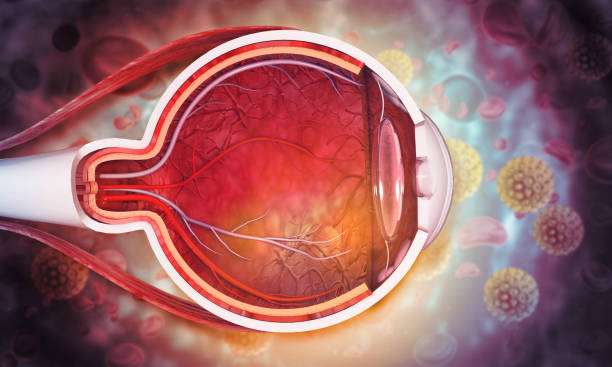
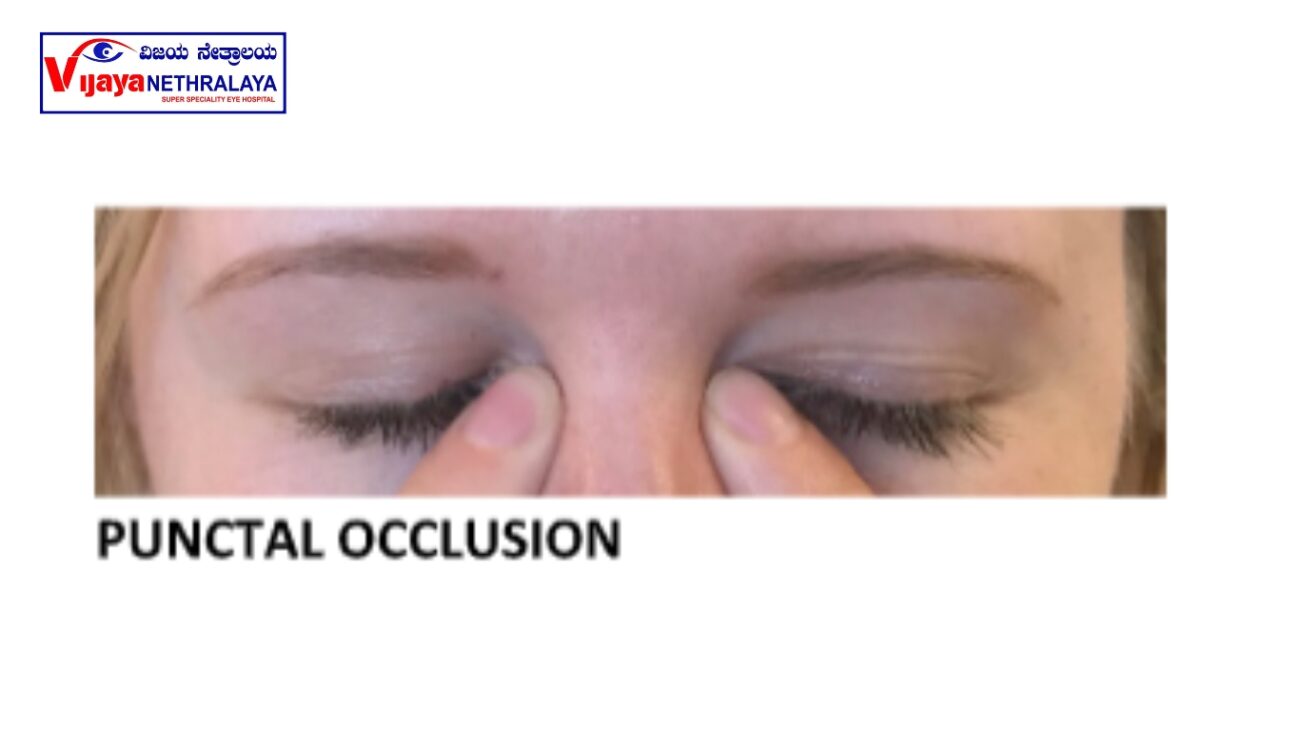
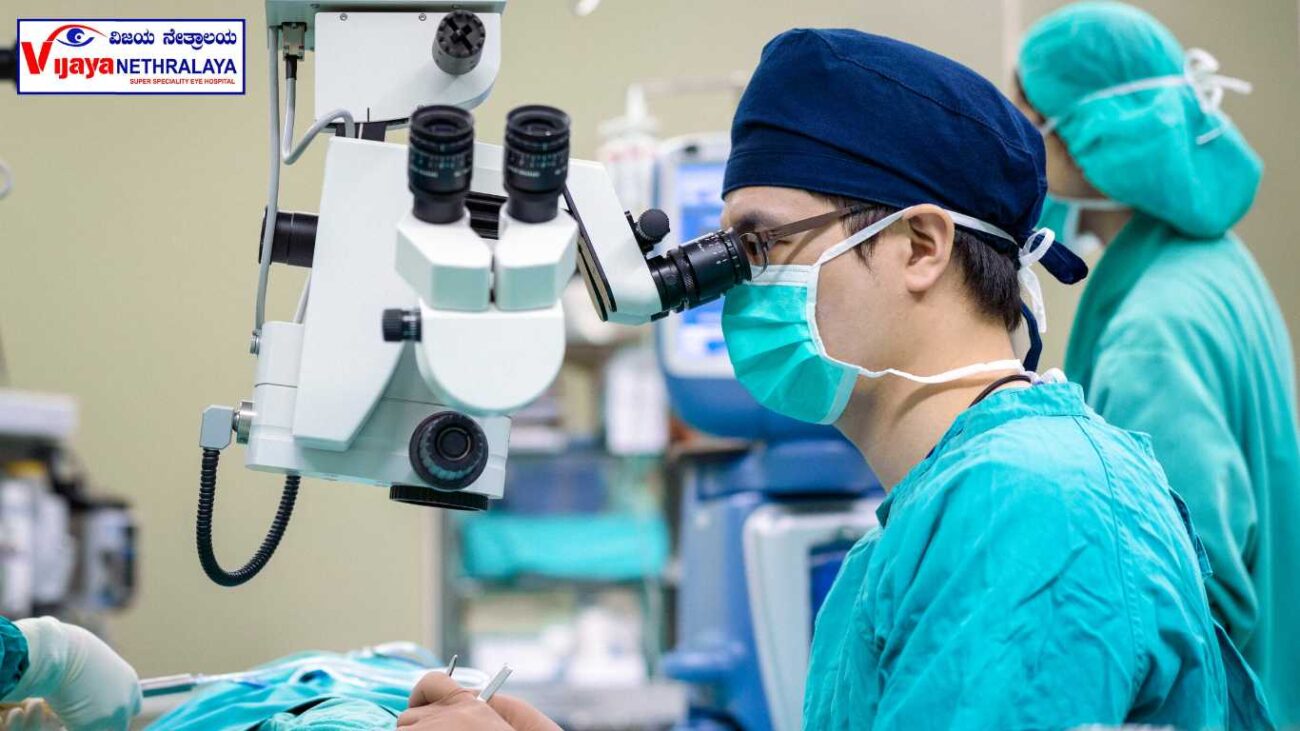
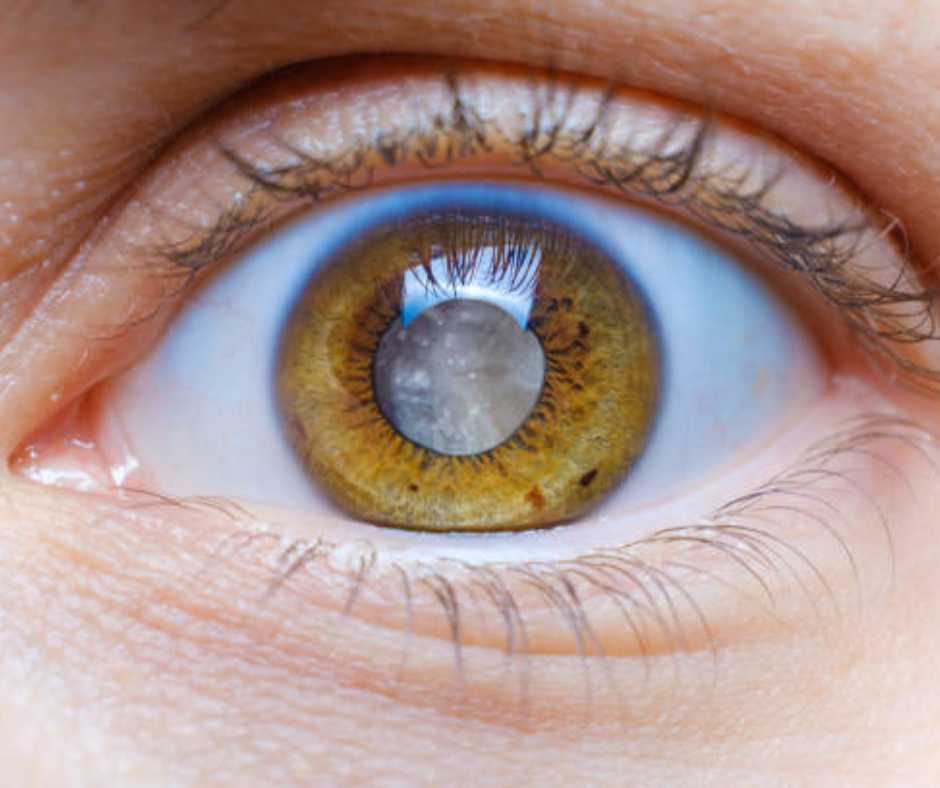
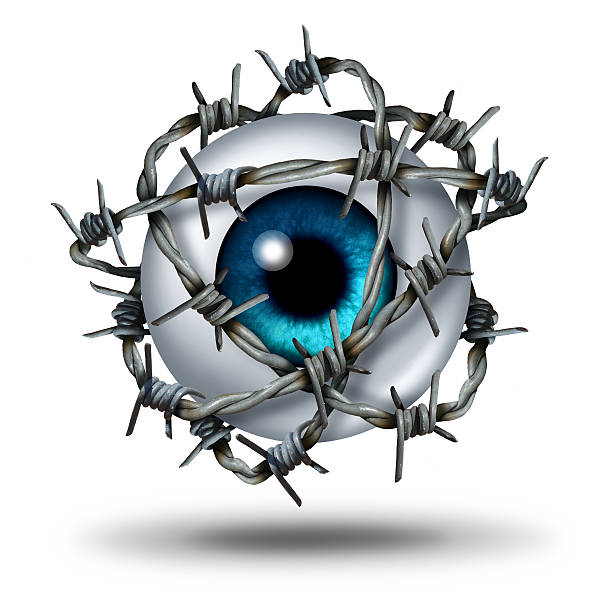
3 thoughts on “A Complete Guide to Glaucoma Treatment with Its Cause, Symptoms, Diagnoses & Its Cost”
Comments are closed.